autoX Awards 2023: Formula for Success is Being Close to the Customer, Says Shashank Srivastava, Maruti Suzuki
Shashank Srivastava, Sr Exec Director at Maruti Suzuki, sits down for a one-on-one interaction with our Founder and Editor-in-Chief Dhruv Behl, after receiving the autoX Awards 'Best of 2023' for the Maruti Suzuki Jimny.
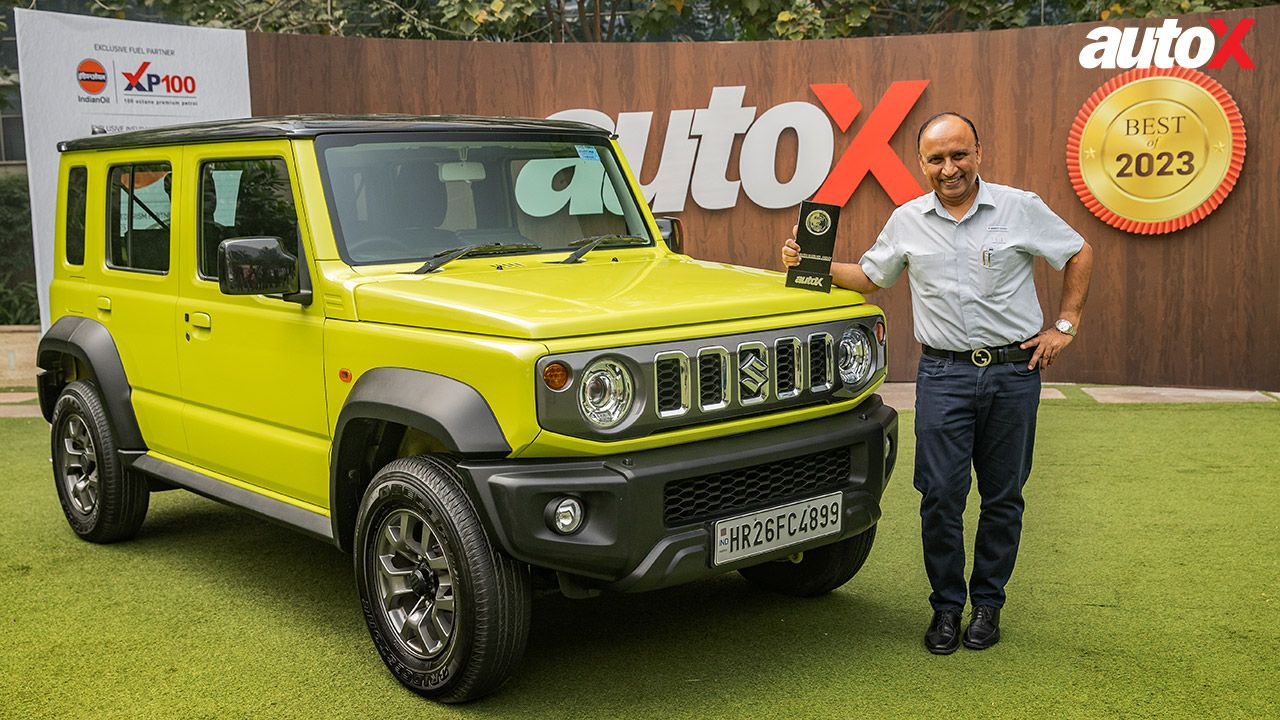
What has the Jimny brought to the table for Maruti Suzuki?
The Jimny carries a great brand image, and it brings a great vibe to our entire portfolio of SUVs. It’s certainly helped us become the number one SUV manufacturer in H1 in the country.
In October sales, of the top-10 cars, 6 are Maruti Suzukis. Most global auto manufacturers say that India is a very difficult market, but you make it look like a cakewalk. What’s the secret?
In October, we had 6 out of 10, but if you look at April to October, we have 7 out of 10. One of the biggest reasons for Maruti Suzuki’s success and high hit ratio is being close to the customer. We understand the real needs of the customer, what he looks for in a car – is it functional, is it aspirational, how much is he willing to pay, what features he wants, what technology, and so forth. This is something that I believe Maruti Suzuki has done very well, and it comes from being really close to the customer – that’s the real secret.
Watch Full Interview Below:
One year ago, you had 10% market share in the SUV segment. Now, you’re more than double that and you’re number one. Was this part of some grand plan or are you just really good at doing catchup?
If you look at the non-SUV part of the market, Maruti Suzuki’s market share is 65%. The SUV market share though, through Q1 last year, was 8.5%. So, when you combine the two – the SUV and the non-SUV market share – it feel short of 50%. 43% to be exact. Our objective is to achieve 50% market share in the medium term, and that wasn’t possible unless we got a higher share of the SUV segment. Previously, this wasn’t a problem because SUVs were a smaller component of the overall market, but now it’s almost 50% of the market. So, we realised a long time ago that we needed to have a higher share of the SUV segment. We had the Brezza, and it was the number 1 selling SUV, but it was just one model – out of a total of 47 models in the industry. It used to give us about 8.5% market share, which is good – but not enough.
Also Read: autoX Awards 2023 Winners Announced: BMW, Hyundai, Maruti Suzuki, Ducati and More Bag Top Honors
So, clearly, we needed to strengthen our portfolio – especially in the mid-SUV segment, which is roughly 50% of the overall SUV segment and now about 23% of the overall market. So, we launched the Grand Vitara, along with the hybrid, and then we followed this up with the Fronx and the Jimny – and that’s how we started increasing our market share. So, we reached about 10% in Q2, 14% in Q3, 16% in Q4, 20% in Q1 of this year, and now 23% – making us the number 1 manufacturer.
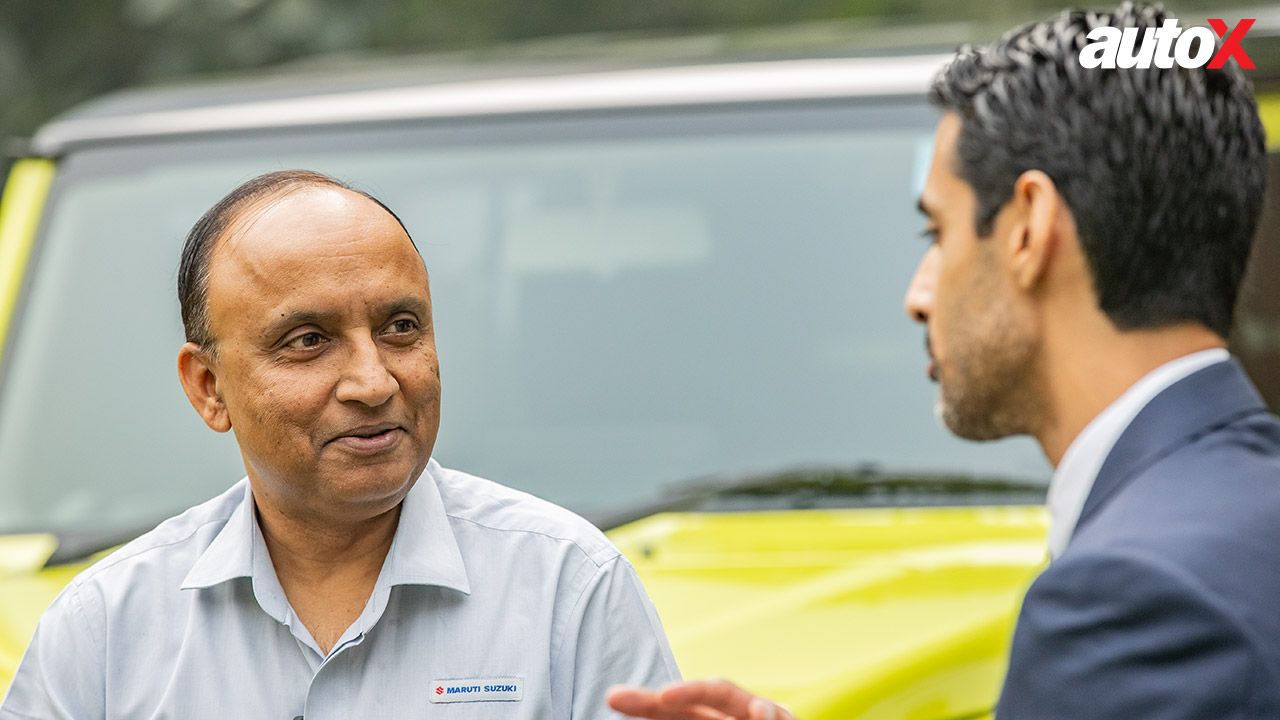
With your first EV around the corner, how do you see customer demand for EVs taking shape?
Actually, our outlook for EVs is a little more restrained compared to what you hear in the media. We believe that the penetration of EVs in our country in the passenger vehicle segment would be roughly around 17 to 19% by 2030, unlike some predictions which are saying 50% or even more.
We also believe that, in order to achieve the emission targets for our country, we need a mix of technologies – such as hybrid, CNG, flex-fuel, and, of course, EV. One of the big challenges with EV is, of course, that the cost of acquisition is very high – and that’s because the battery cost, which is 50% of the EV’s cost, is high as localisation hasn’t happened. Suzuki has put in almost ₹10,000 Crore for localisation of the battery and battery components, and we believe this is going to be a game changer and will give Maruti Suzuki a big advantage going forward.
Also Read: autoX Awards 2023: Maruti Suzuki Jimny Performance, Quality and Value for Money Ranked
Another challenge is that, if you look at other countries that have a bigger penetration of EVs – like Norway, the Netherlands, Germany, France, and even the UK – you see that almost 90-95% of people park their cars at the same spot every night. This is not true in India. Our research suggests that only about 47% of people have a parking space where they can park every night.
So, looking at all this, we believe that 17-19% is the EV penetration that the market can expect by 2030. For Maruti Suzuki, by 2030, 15% of our domestic portfolio will be electric, 25% will be strong hybrid, and 60% will be a mix of CNG, biogas, flex-fuel, and, of course, gasoline.

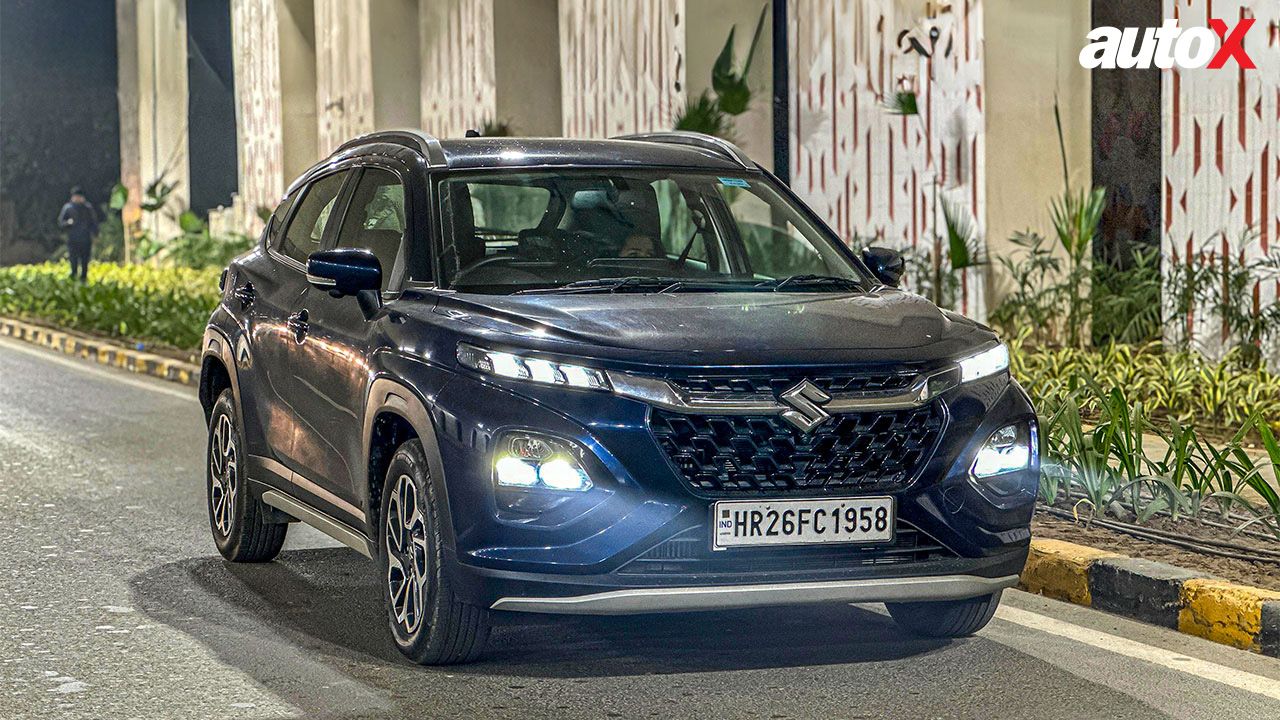
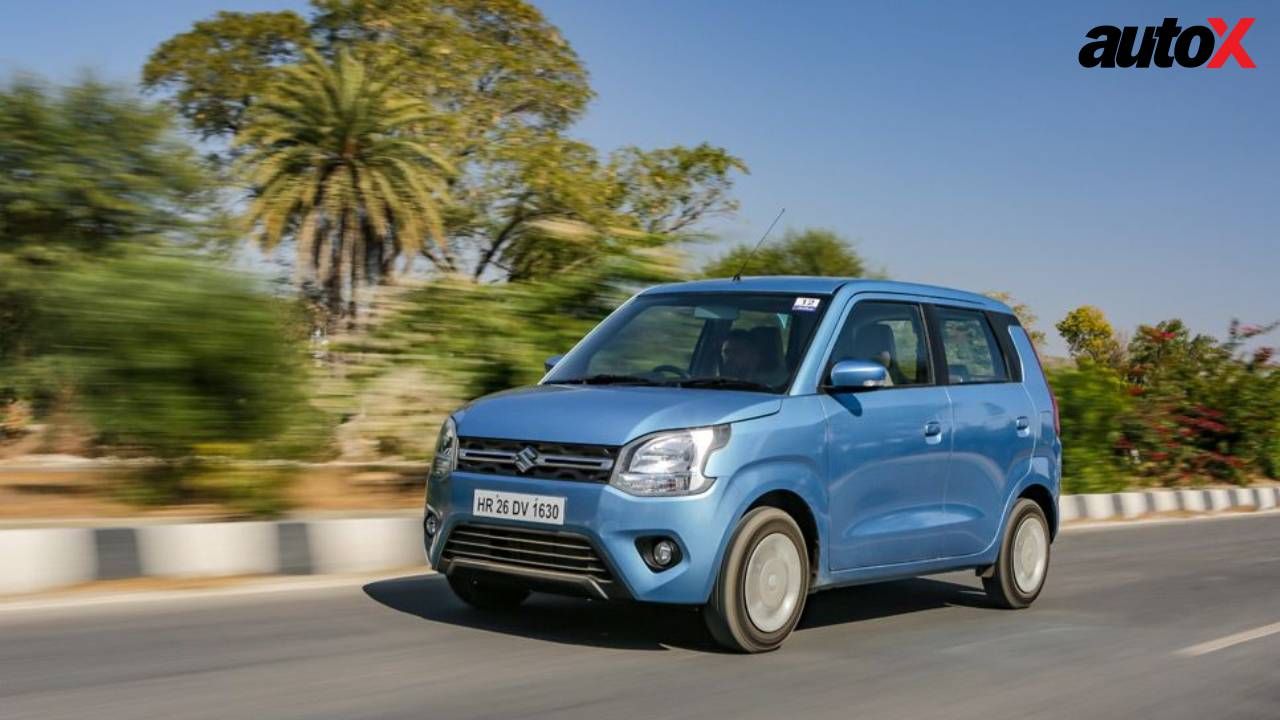

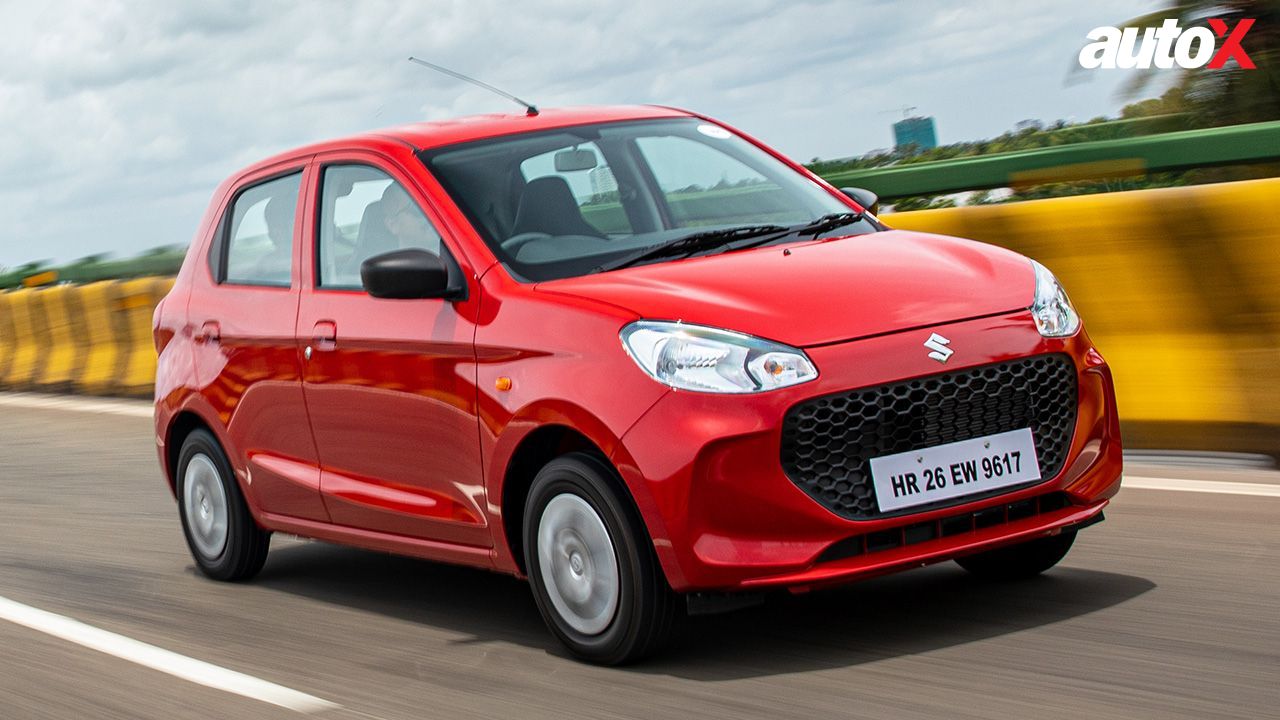
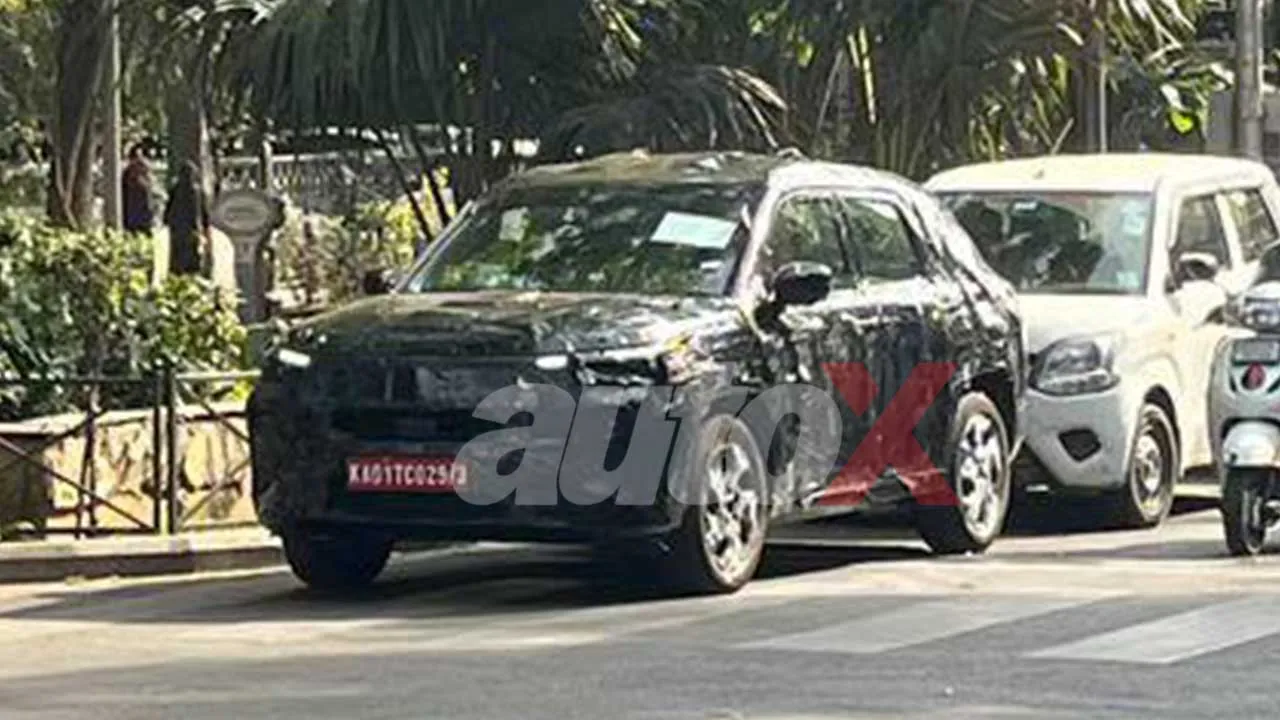





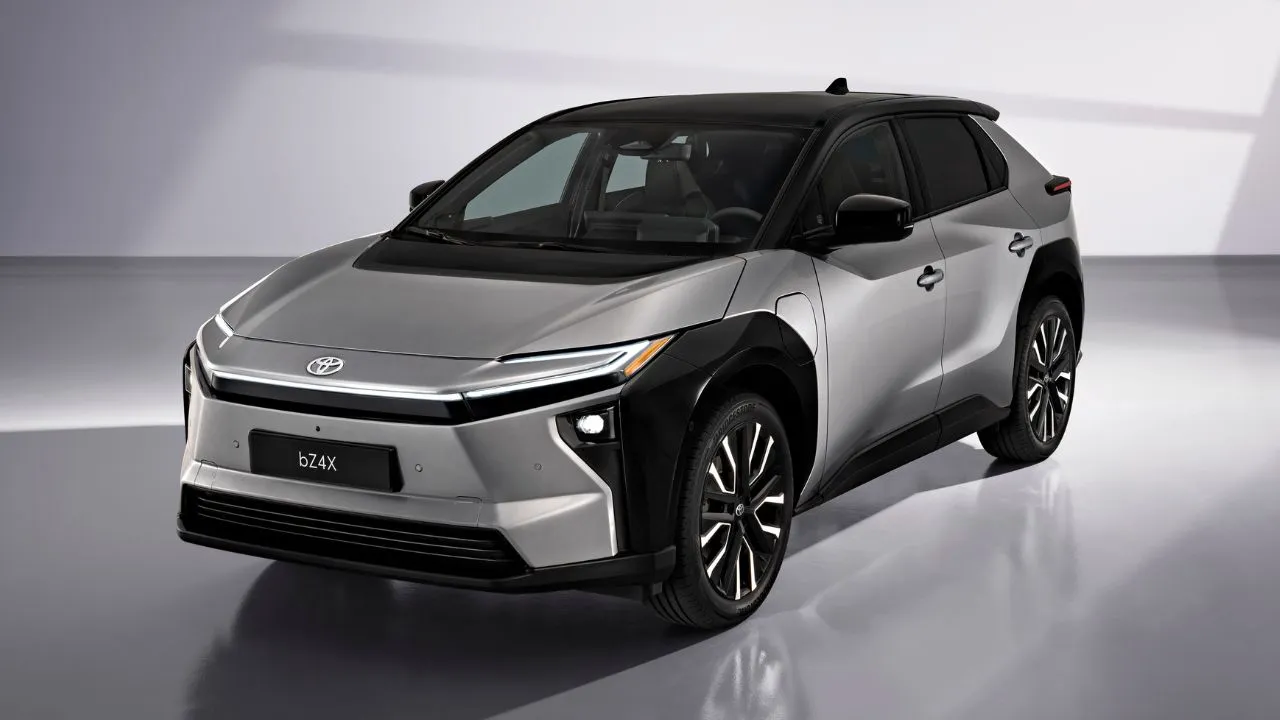
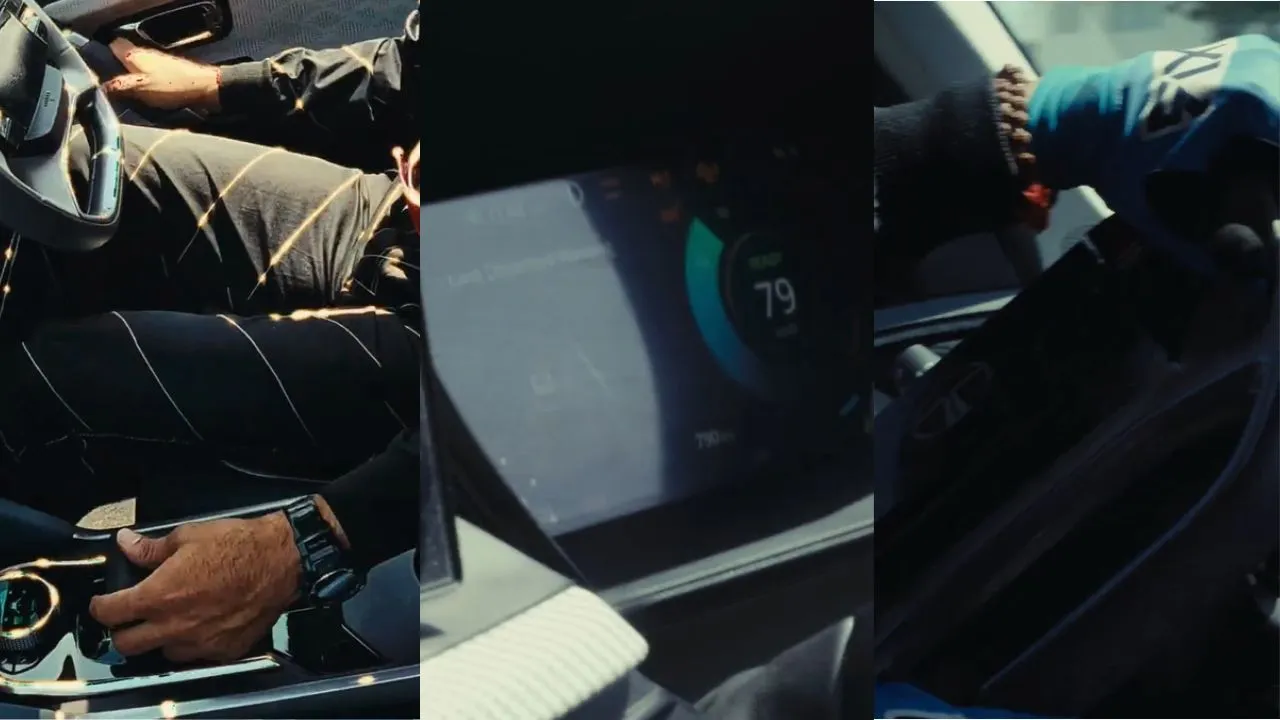

.webp)
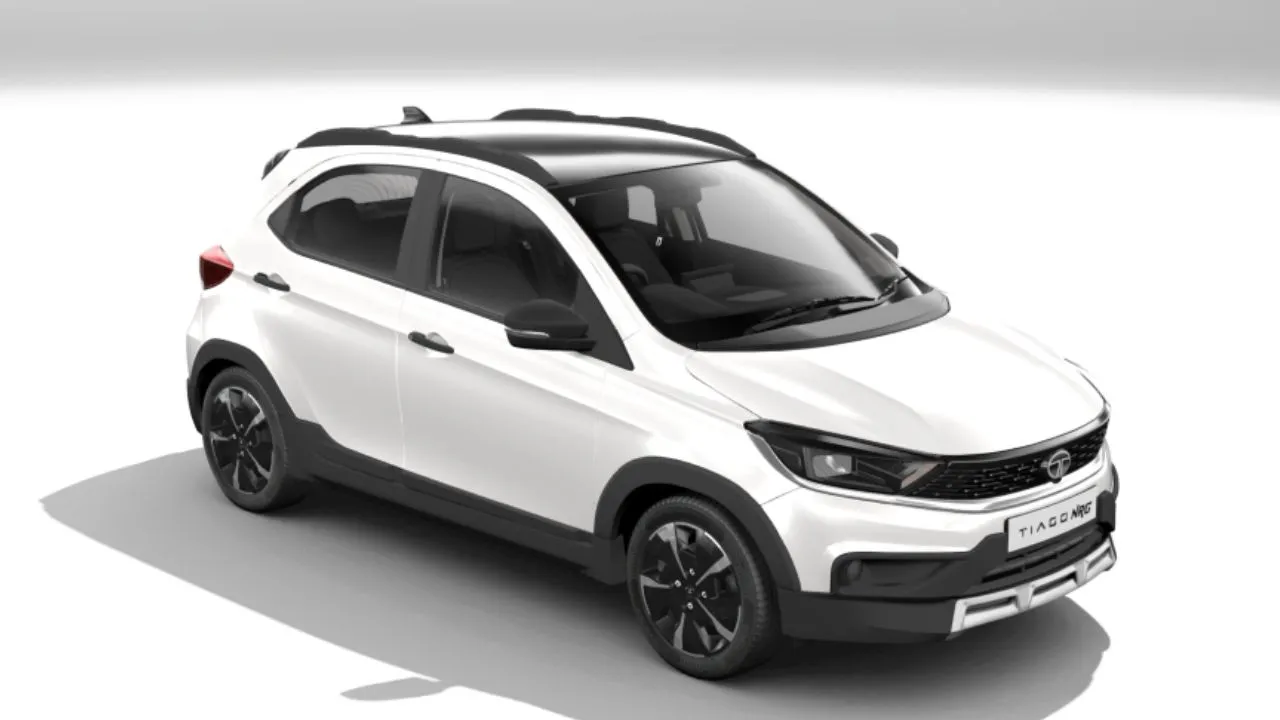
Write your Comment on